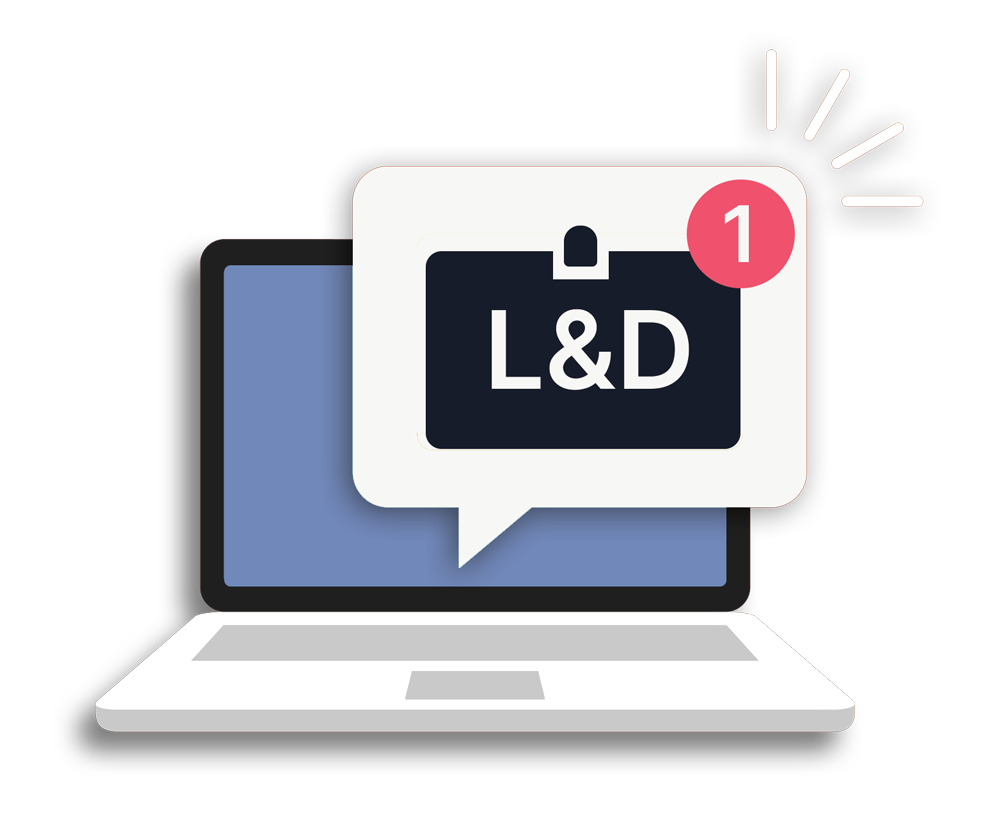Do your staff find it hard to put aside time for professional development and learning? Are levels of completion and engagement not what you’d like them to be? What can you do, if anything? As it turns out, there is a solution.
A Danish researcher and paramedic manager has proven that, by making learning more easily accessible to staff, you could see an 11% increase in effort, an 11% increase in strong feelings of self-motivation, and a 100% increase in personnel completing self-directed training every shift.
Danish ambulance paramedic and manager for the Greater Copenhagen Fire Department Kasper Skydsgaard published a research paper in 2019 investigating how his organisation could best motivate Danish emergency services (EMS) personnel to complete self-directed training. By clearly placing opportunities for learning in four ambulance stations – such as interactive skills exhibitions – 118 personnel were given the opportunity to logistically fit more training into their everyday routine.
What was the method behind this research?
Skydsgaard surveyed 118 Danish EMS personnel spread across 4 ambulance stations in the eastern Zealand Region, Denmark.
Two identical questionnaires were sent out five months apart in 2018; the first was sent before Skydsgaard had placed the interactive training modules in each station, and the second was sent out afterwards. The questionnaires asked each individual to rate their own level of motivation, training effort, professional level, and the standard of the local training facilities on a scale from 1 to 10 (with 10 being the best).
To provide the personnel with more easily-accessible training, Skydsgaard set up:
- A designated area on each ambulance station with standard training equipment (such as a resuscitation mannequin)
- Smartphone-accessible mini quizzes
- Signs encouraging personnel to share educational stories gathered from their service
- Boards with monthly themes (eg. sepsis, paediatrics, geriatrics, etc.)
- A collection of textbooks at every station
No additional time was allowed for training, meaning self-directed training was only possible between callouts while on-shift.
What were the key findings?
Of the 118 personnel working across the four stations (thereby included in the study’s cohort), 69 responded to the initial questionnaire and 77 responded to the second.
- Rating of motivation for self-directed training increased from 5.6 to 6.7
- Rating of opportunities to perform self-directed training increased from 4.1 to 5.9
- Rating of the training facilities from 3.7 to 6.3
Additionally, frequency of training sessions completed increased from 6 personnel completing training every shift to 12, and 29 completing training every second-to-third shift to 37.
In response to the surveys, Skydsgaard stated that the most motivating factor for self-directed training was ‘easily accessible training facilities’, as opposed to the actual content or length of the training itself. By ‘easily accessible’ Skydsgaard is referring to training facilities that are within the workspace of the personnel – such as the interactive exhibits – or accessible from home – such as the mini quizzes.
However, Skydsgaard also noted that if EMS personnel were ‘not open to change and did not see the initiatives as positive, there was no reason to think it might improve their motivation' (Skydsgaard 2019).
How does this reflect upon your own motivation for self-directed learning?
When it comes to self-directed learning, it’s surprisingly simple to find a platform that will suit the needs of your staff and help your organisation achieve its educational goals.
As Skydsgaard has explained, it’s easier for staff to motivate themselves if learning is at their fingertips. We’ve made a list of features to check for when choosing a professional development platform so that your staff can get the absolute most out of their learning experience and their time:
- A mobile app
- An interactive study plan
- The ability to set goals
- Tailored push notifications

What does self-directed learning add to your practice?
One thing this research doesn’t cover is why self-directed learning – that is, learning that is not contributing to CPD – is necessary for healthcare providers.
Ausmed believes that in order to continue providing best practice care to patients, healthcare providers need to complete their regulatory CPD requirements. In order to provide incrementally better care to patients, however, requires self-directed professional development and learning. Not only is self-directed learning great for careers, it will have a direct effect on the health outcomes of the patients.
One of Ausmed’s expert educators Donna Wright makes a great point in her lecture, Wright’s Competency Model in Practice: autonomous learning is always the most effective. By placing a large portion of the responsibility for professional growth back into the hands of individual employees, organisations see a general uptake in effective development. For example, an organisation that demands 10 hours of assigned CPD modules per year will see less favourable results than an organisation that demands 10 hours of any CPD modules per year with assigned learning emerging as needed.
Self-directed professional development also opens doors to new types of learning. According to the AHPRA regulations, the following count towards a healthcare professional’s CPD:
- Attending a conference
- Reflecting on feedback/keeping a practice journal
- Undertaking postgraduate course units
- Acting as a preceptor, mentor or tutor
- Participating in a professional reading or development group
- Developing policy, protocol or guidelines
By completing any of these as a form of self-directed learning, your staff will strengthen interprofessional relationships and heighten the possibility for proactive and positive interprofessional collaboration. This reflects well on both your organisation and your staff, and ensures a higher quality of care is delivered to the patients that place trust within your workplace.
Ausmed content to develop your organisation’s professional development framework:
Put your learning in your own hands
Get your organisation to the front of innovative professional development. Enquire today about Ausmed for your organisation.
Submit Enquiry- Wright’s Competency Assessment Model | Ausmed
- Guide to CPD | Ausmed
- How to Secure Funding for CPD | Ausmed
- Simulation to Develop Non-Technical Skills | Ausmed Lectures
- Overcoming Challenges of Education in Rural and Remote Settings | Ausmed
- Professional Development Associates | Ausmed
- Creating a Culture of Lifelong Learning in Healthcare | Ausmed
- Developing Educational Leaders in Your Healthcare Team | Ausmed
To see what your staff are looking for in terms of career development, have a look through our Professional Growth Learning Hub.
References
- Skydsgaard, K. 2019. ‘Improving motivation for self-directed training in Danish EMS personnel,' International Paramedic Practice, vol. 10, no. 1, Accessed 23 Jan 2022, https://www.internationaljpp.com/features/article/improving-motivation-for-self-directed-training-in-danish-ems-personnel
- Wright, D. 2020, 'Wright's Competency Model in Practice', Ausmed. Accessed 23 January 2022, https://www.ausmed.com.au/cpd/lecture/wrights-competency-assessment-model



